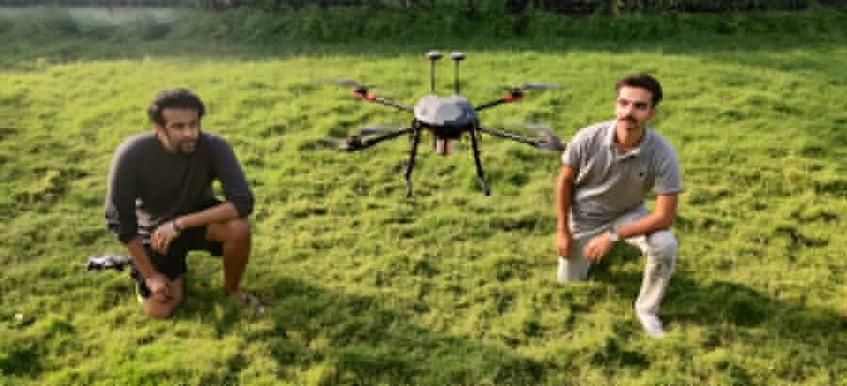 Chennai: Researchers at Indian Institute of Technology,Madras (IIT-M) have developed an Artificial Intelligence-powered drones for armed forces and law enforcement agencies to counter ‘rogue drones’ by hacking its GPS navigational systems.
Chennai: Researchers at Indian Institute of Technology,Madras (IIT-M) have developed an Artificial Intelligence-powered drones for armed forces and law enforcement agencies to counter ‘rogue drones’ by hacking its GPS navigational systems.
A release from IIT-M today said this system could be of invaluable assistance to law enforcement agencies, security services and armed forces to secure air space over critical civilian and military installations from surveillance by rogue drones.
''It can track down rogue drones visually, hack into their GPS navigation system, following which the target drone is forced to change its flight path or land safely'', it said.
A major advantage of this was that it could be controlled over the internet and could navigate autonomously as compared to most existing drones that operate on ‘line of sight' meaning the operator must keep the drone within their sight.
Using the Internet to control the drones also allows for deploying a swarm of drones that could intelligently detect and track people, drones, vehicles and other objects, the release said.
This system was designed by a team comprising final year B.Tech Aerospace engineering student Vasu Gupta and Rishabh Vashistha, a Project Associate working in RAFT Lab, Department of Aerospace Engineering, IIT Madras.
Aerospace Engineering department Assistant Professor Dr Ranjith Mohan, who mentored the team, said “Our current prototype is equipped to detect and track objects visually, precisely land and fly over Internet.''
He said ''our next step will be to conduct exhaustive tests on the system and ensure its reliability for catering to a wide range of demanding missions that pose challenge to our law enforcement and defence agencies'', he said.
''The programmable nature of our aerial vehicles also opens up the possibility of swarming multiple vehicles to act as a team and accomplish a common mission'', he said.
The researchers designed a visual-based tracking system using Deep Neural Networks (Artificial Intelligence) to secure airspaces and land stretches efficiently by employing a swarm of drones.
The motion detection algorithms were powered by AI and could detect motion even in dark conditions without the need of an IR (infrared) camera.
Vasu Gupta said “the drone works by employing a software-defined radio and broadcasting spoofed GPS signals by making use of the ephemeris data of GNSS constellations. The target drone’s GPS sensor locks onto our fake radio station transmitting at a much higher power than the available satellite’s transmission power'', he said.
He said following this, the drone generates fake GPS packets by mathematically modelling the time differences at the receiver’s end.
''Using four of such time differences, the GPS sensor calculates its 3D position and calibrates the rogue drones’ time to our spoofed clock. This way, we alter the latitude,
longitude, altitude and time of the rogue drones'', he said.
IIT-M design drones for Armed Forces to counter Rogue ones
Team India Sentinels 4.05pm, Thursday, March 5, 2020.LATEST POSTS
Sunday 21st of December 2025 12:10 PM
Literature brings us closer to supreme truth: Bihar Governor Arif Mohammad Khan at Nalanda Literature Festival

Sunday 21st of December 2025 08:33 AM
A step toward Bihar’s revival: Nalanda Literature Festival 2025 kicks off in Rajgir
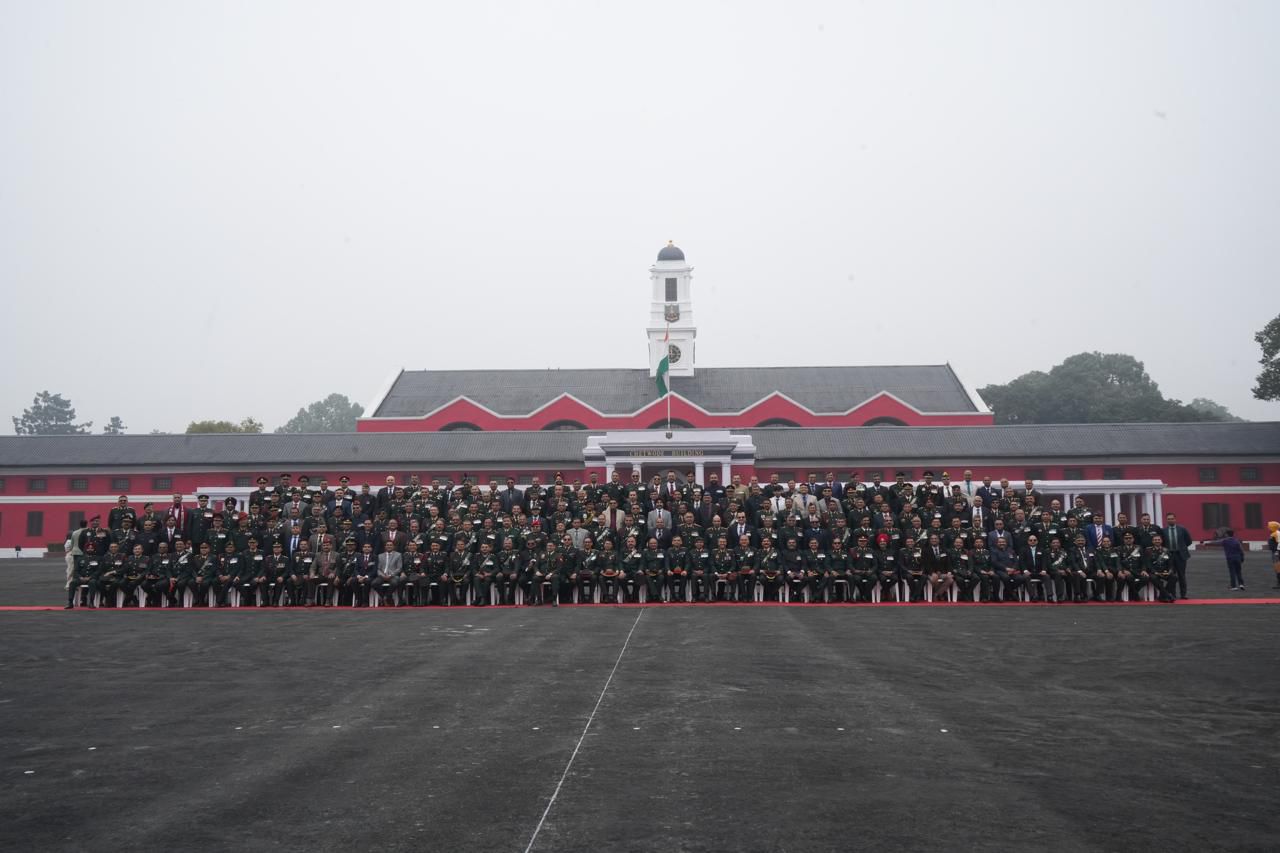
Saturday 20th of December 2025 02:46 PM
Indian Military Academy’s 107 Regular Course commemorates silver jubilee in Dehradun
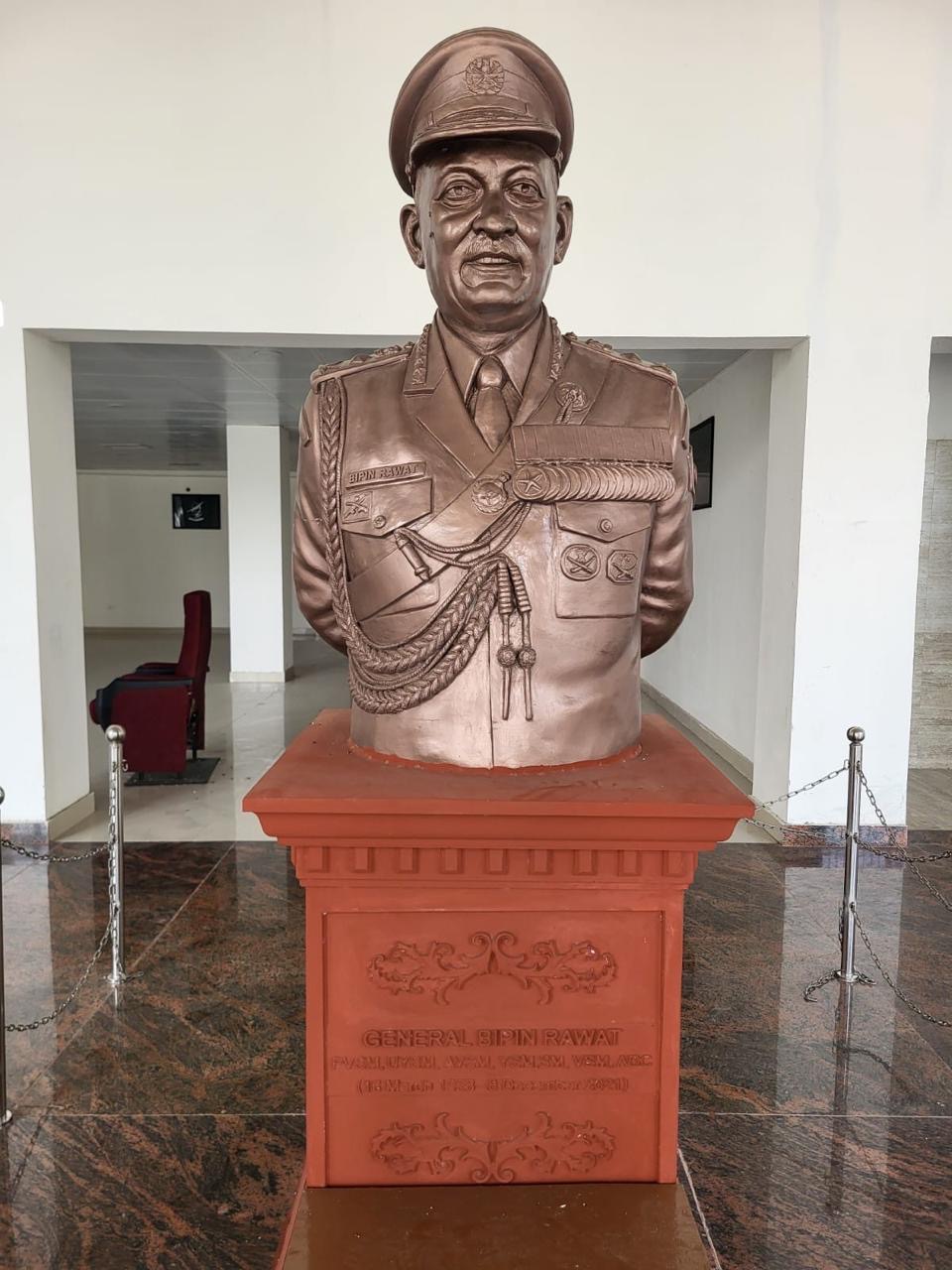
Sunday 7th of December 2025 05:56 PM
Yogi Adityanath to unveil Gen Bipin Rawat’s auditorium and statue on his 4th death anniversary in Gorakhpur

Sunday 7th of December 2025 05:37 PM
INSV Kaundinya – A trendsetter, and a trailer

Friday 31st of October 2025 02:54 PM
Why Chhath Puja belongs on the Unesco list

Thursday 30th of October 2025 09:14 AM
Lockheed Martin announces 11th edition of suppliers conference to further empower the Indian industry

Saturday 25th of October 2025 07:32 AM
Sewa International and SBI Foundation launch SBI Sanjeevani – Clinic on Wheels in Manipur’s Chandel
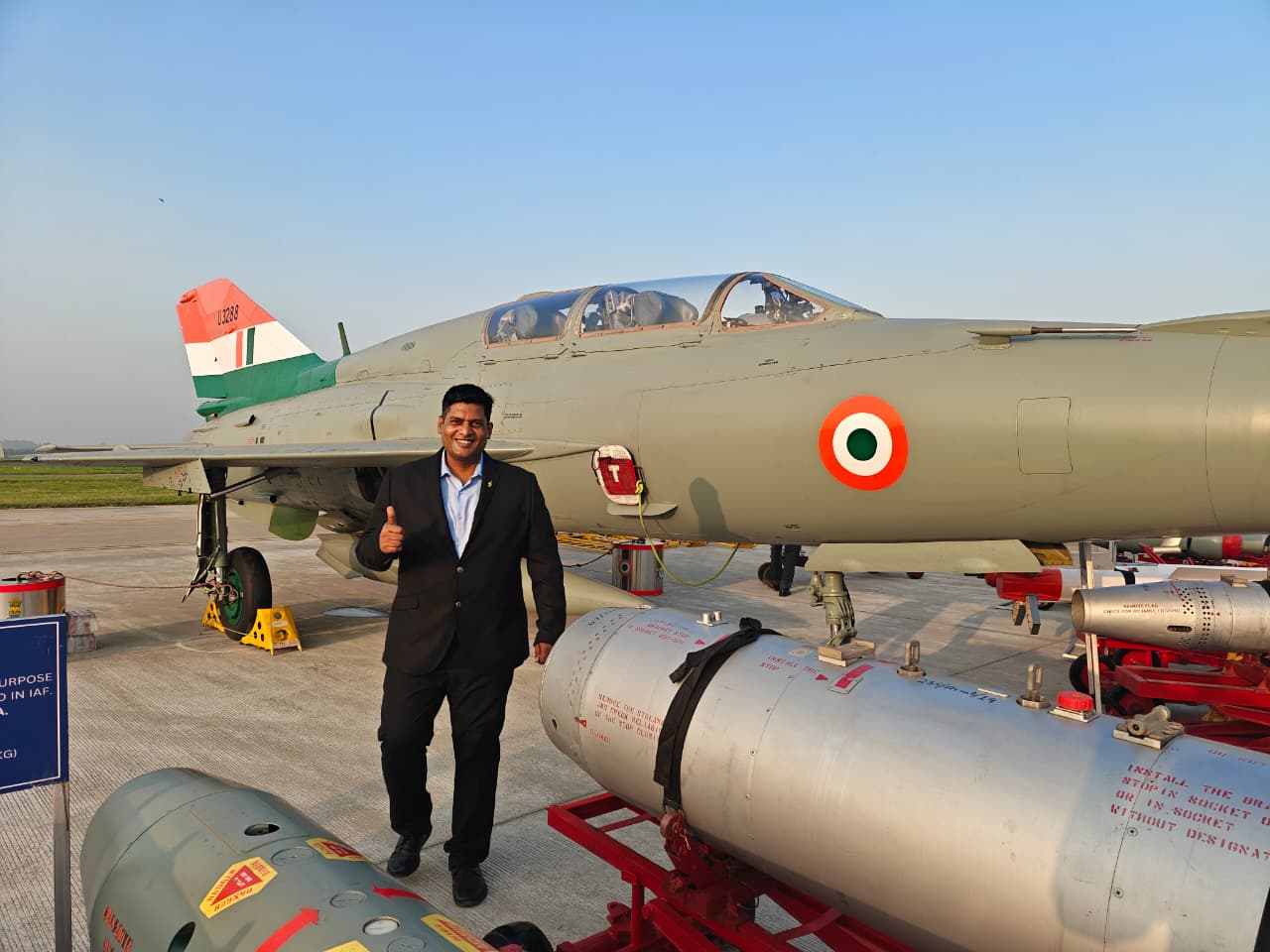
Sunday 28th of September 2025 07:42 AM
Kanpur’s Squadron Leader Subodh Dixit leads historic MiG-21 sendoff, proving duty never ends
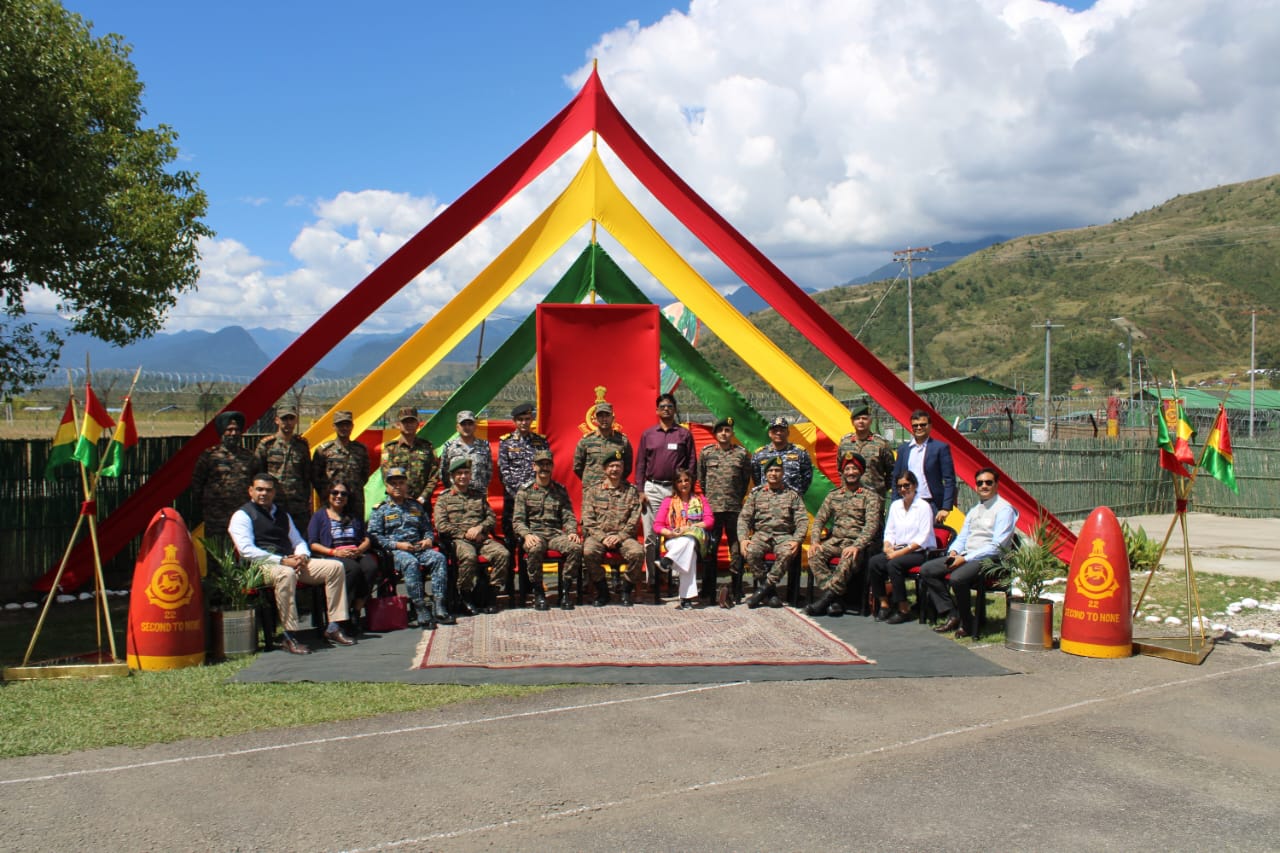
Wednesday 24th of September 2025 03:50 PM
Strategic immersion at the frontier: NDC delegation visits Menchuka valley in Arunachal Pradesh
This site uses cookies. By continuing to use this website, you agree to our Cookie Policy and Privacy Policy.
About Us | Contact Us | Privacy | Cookies
